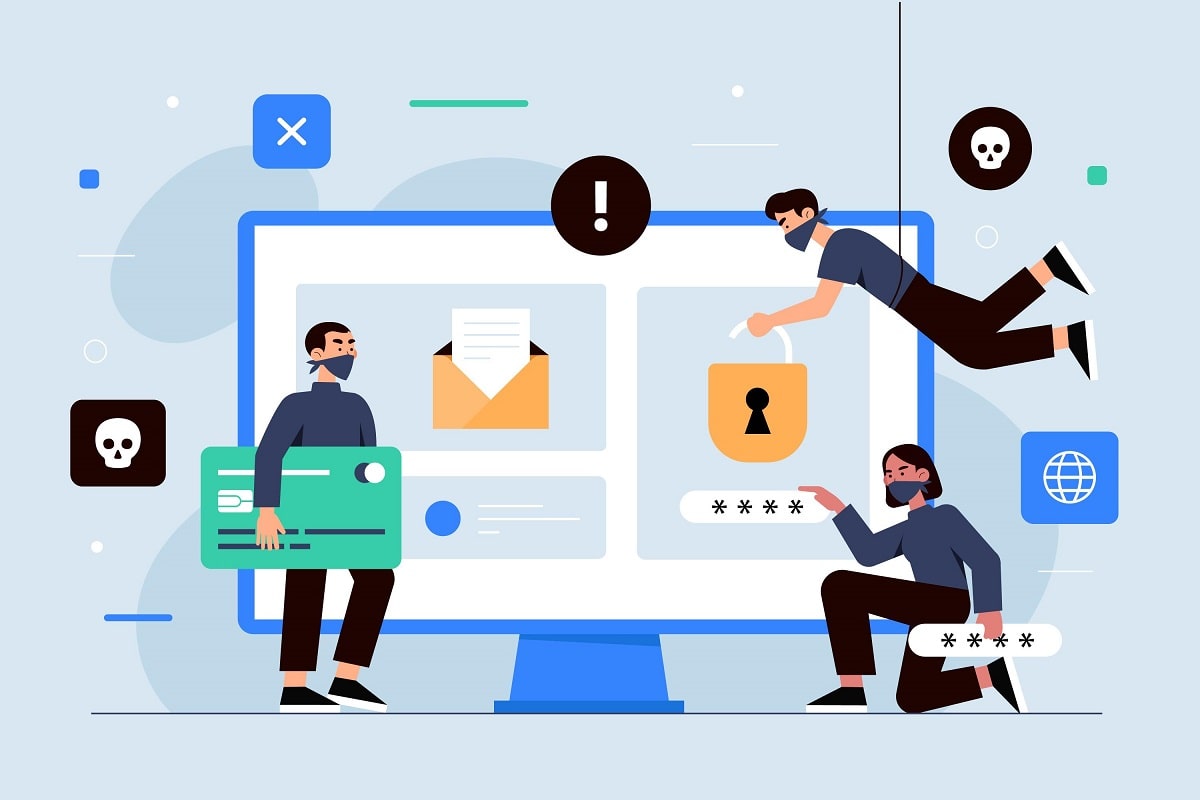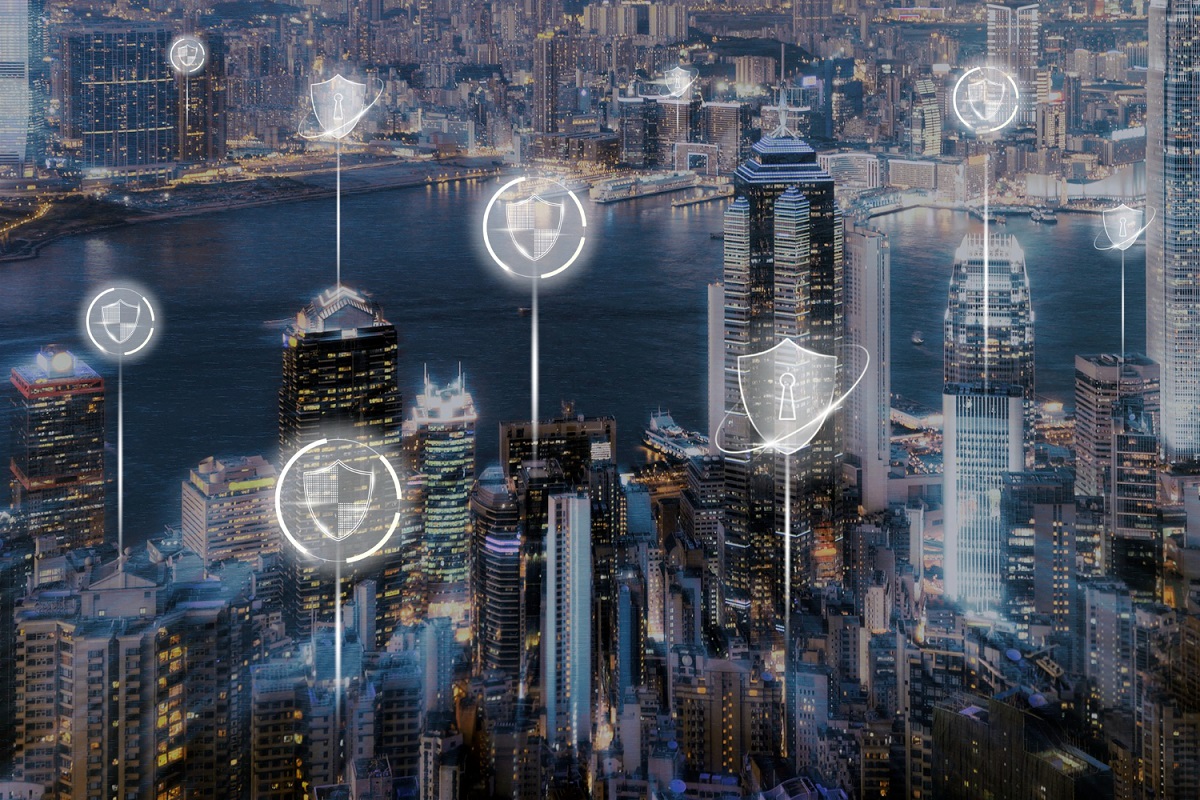
Cyberattacks don’t just happen to large corporations. Small-scale businesses, groups, and charities must protect their IT systems.
The security of your online information has always been a top priority; however, as we spend increasingly online, whether for work or play and social interactions, We’re more vulnerable to dangers.
But there are ways to protect your personal information, and most of them are easy to follow. Plus, many of these steps are cost-free and won’t significantly change your daily routine.
From using a safer search engine to the removal of apps that you no longer have, it’s never simpler to enhance your internet security for yourself and your family members.
10 Ways to Safeguard your Family’s Information
Let’s review seven easy ways to safeguard your data and family’s information online.
#1. Auto update software should be updated as often as is possible
 Software updates have drastically changed, with numerous software updates being released promptly. Automated updates can be a bit of a hassle, but they’re essential.
Software updates have drastically changed, with numerous software updates being released promptly. Automated updates can be a bit of a hassle, but they’re essential.
They’re there to safeguard you from security flaws and to close them in the quickest time feasible. Set up the updates to be completed throughout the night so you’re always up-to-date.
#2. Utilizing Anti-virus software is just as important as ever
Any program, whether either free or paid, is worth considering compared to having no security. Various anti-virus-free options are available through a simple search, which will shield you from the most prevalent threats.
#3. Password is not password
We often fall into the trap of creating easy-to-remember passwords consisting of the pattern of different capital characters, dates, letters, pet names, and dates.
Make a habit of using passwords that span 12 characters that, with the help of various letter cases and symbols and numbers, can take as long as 34,000 years to get cracking.
Read: Why Retail Stores are more vulnerable than ever to Cybercrime
#4. Choose two-factor authentication for any account you can.
Many accounts and online services permit two-factor authentication, which requires additional information, such as a short-lived code, either emailed or texted or even sent by an automated phone number.
Hence, you and your password or passphrase need to enter this code to access your account. Hackers now need access to two sources: either email or mobile phone, with a concise time frame for executing their plan.
Two-factor authentication is an effective security measure and can keep hackers away due to its challenge to defeat.
#5. Be cautious when using WiFi that is available to the public. WiFi
It’s now more convenient than ever before for you to join WiFi hotspots, and more cafes, retailers, and restaurants provide WiFi connections at no cost, assuming you’ve signed up to receive something.
Unfortunately, this can lead us to look for locations we don’t need to register for, which can lead to risk. Hackers use portable routers in areas with a lot of traffic and mimic the router’s name for free.
As an example, we may see ‘coffee_shop_name_wifi’ followed by ‘coffee_shop_name_wifi_FREE’, which requires no sign-up.
This could be a MITM (man-in-the-middle hack) in which hackers could decrypt and save your online calls as you use surfing, social media, or browsing. This could expose information you’d rather not divulge.
Therefore, be very cautious whenever connecting WiFi hotspots and using your phone’s data whenever you can.
Read: 10 Best Online Cybersecurity Training Courses of 2022
#6. Review and close down accounts that are not being used
Each service or product requires users to sign up for their services. However, because of the frequency of signing up, it is easy to accumulate several accounts and often forget to open them.
Many services are unsafe, have gone down in the past, or, in rare cases, have been compromised, and you may not have been aware.
These services can access your password and email and make you vulnerable. In the ideal scenario, we should shut down accounts instead of opting out of their mailing lists.
A handy site to assist your search is https://haveibeenpwned.com/ which highlights whether your email address has been identified in any data breaches pushed into the public domain.
#7. Learn about Phishing scams
Phishing is one form of social engineering to steal your information or credentials. Phishing scams are becoming more sophisticated and could have rapid, devastating effects.
Phishing scams can be found in emails, texts, and phone calls. The messages, images, and language may be utterly similar to the content of a specific service.
They might even include information that could cause you to think it’s coming from your delivery or bank. But there are clues and indicators to assist you in identifying the fakes.
Unusual emails: Many emails from companies can be replicated quickly; as previously mentioned, they could contain primary and accurate information. But, these emails are designed to direct users to click the link to a fake website that will collect their data.
Be aware that it is not common for an online service provider to send an email asking users to sign in using the link. Instead, they’ll request, “please go to the main website and sign in to view all messages.”.
To ensure your safety avoid clicking on links within an email. You can access the service using the main login pages.




